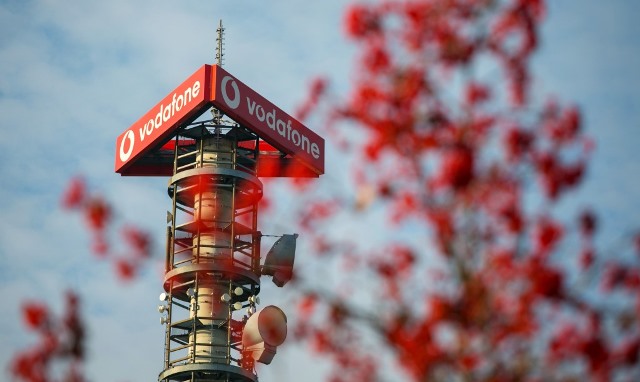Vodafone is planning to float Vantage Towers, its European mobile phone masts business, on the Frankfurt stock exchange in March in a share offering worth about 3 billion euros or $3.6 billion, Reuters reported.
 Vodafone has chosen a full bank syndicate including UBS, Morgan Stanley and Bank of America to organise the initial public offering with the help of Goldman Sachs, Deutsche Bank, Barclays, BNP Paribas, Berenberg and Jefferies.
Vodafone has chosen a full bank syndicate including UBS, Morgan Stanley and Bank of America to organise the initial public offering with the help of Goldman Sachs, Deutsche Bank, Barclays, BNP Paribas, Berenberg and Jefferies.
Vantage, based at Vodafone Germany’s Duesseldorf office, is expected to publish its intention to float as early as late February, if markets hold, with a view to listing on the Frankfurt stock exchange a few weeks later.
Vodafone made Vantage Towers a standalone company in May and said in July it planned to list a minority stake in Frankfurt in early 2021. Vodafone plans to use the proceeds to reduce its debt.
Vodafone CEO Nick Read told analysts in July 2019 that discussions with investors indicated the assets could achieve values north of 20 times earnings. That would have implied a value of more than 18 billion euros at the time.
Vantage said late last year that it expects to report pro forma adjusted core earnings of up to 540 million euros in the financial year to the end of March 2021.
Rival telecom mast companies such as Cellnex, American Tower, Crown Castle and SBA Communications trade at 25 to 30 times their core earnings, which would imply a valuation of 13.5 billion to 16 billion euros for Vantage.
American Tower bought Telefonica’s mobile phone masts in Europe and Latin America for 7.7 billion euros in cash earlier this year.
In Europe, Spain’s Cellnex has led the charge, buying 24,600 towers from Hong Kong’s CK Hutchison for 10 billion euros in November and striking a venture with Deutsche Telekom in the Netherlands.
Vantage which owns 68,000 masts across nine European countries, is ready to join the dealmaking fray in Europe, Chief Executive Vivek Badrinath told Reuters in December.
Europe lagged the United States by 20 years in reshaping its telecoms industry to split infrastructure from mobile operators, with just 42 percent of its towers run by specialist companies compared to 90 percent in the United States.





